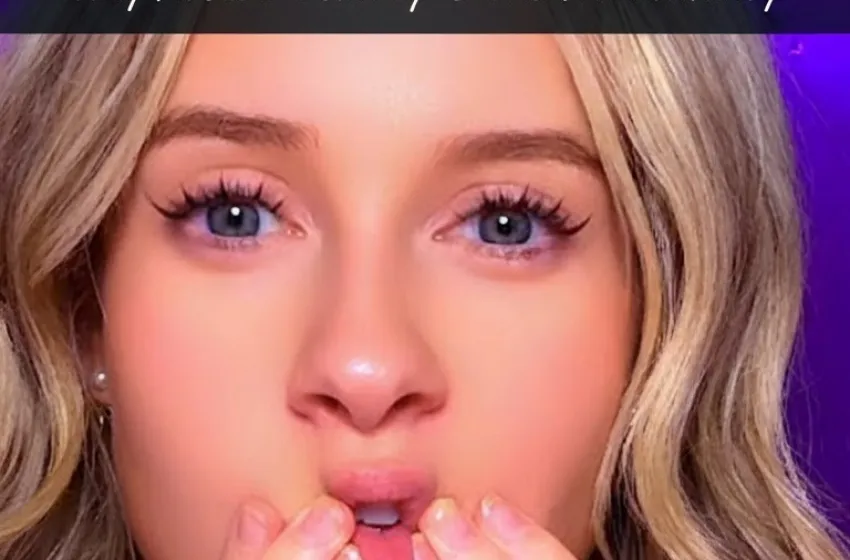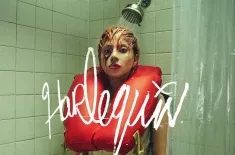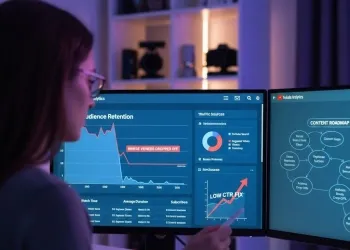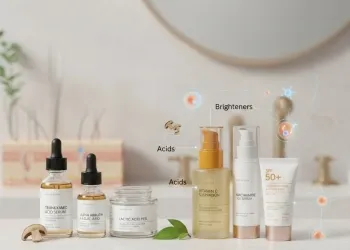Deconstruct the viral 'one tooth' trend and unhinged comedy as the new standard for authenticity. It champions self-deprecating humor and low-stakes absurdity.
The digital landscape, once a pristine gallery of aspirational perfection, has undergone a radical transformation. Nowhere is this shift more evident than on platforms like TikTok, where highly produced, flawless content is increasingly being replaced by raw, chaotic, and wonderfully silly videos. At the forefront of this movement is a wave of low-stakes absurdity, epitomized by trends like the now-famous 'one tooth' trend.
This tiktok trend, which involves creators contorting their mouths to create the illusion of having a single, giant central tooth, is not just a passing joke—it's a cultural phenomenon. It’s a perfect illustration of how unhinged comedy has become a vital language for a generation weary of filtering and curation. By embracing the ridiculous and the unpolished, creators are offering a new, powerful form of authenticity that the internet craves.
Deconstructing the Absurd: The 'One Tooth' Trend and Visual Chaos
The appeal of the 'one tooth' trend lies in its utter simplicity and visual shock. It requires no complex editing, no expensive equipment, and no marketable beauty standard. It is pure, instantaneous, low-stakes absurdity.
The Mechanism of the Trend
The core of the 'one tooth' trend is a bizarre and often grotesque facial contortion. Creators push their lips in a way that minimizes the appearance of all but their two front teeth, making them look like a single, oversized tooth.
- Visual Disruption: The trend is effective because it takes a feature central to human attraction and presentation—the smile—and deliberately makes it strange and unappealing. This unhinged comedy is a direct counterpoint to the airbrushed perfection that dominated Instagram's aesthetic for years.
- Accessibility: Anyone can participate in this tiktok trend, democratizing humor and prioritizing creative willingness over production value. This fuels its rapid virality.
Other Trends in Low-Stakes Absurdity
The 'one tooth' trend sits within a broader genre of low-stakes absurdity. These trends typically involve fleeting, visual gags that require little context and are instantly relatable in their strangeness. Think of the "Big Chungus" meme or the various "feral gremlin division" videos where users wander around saying nonsense phrases. These acts of unhinged comedy are quick, visual, and require the creator to commit fully to looking utterly foolish.
This type of content, often amplified by viral sounds, thrives on the unexpected break from the norm, demanding nothing more from the viewer than a quick, involuntary laugh.
Unhinged Comedy as New Authenticity
The rise of this unhinged comedy is a direct response to a decade of overly-curated digital life. For creators, the willingness to look silly, grotesque, or uncool is now the ultimate signal of being authentic.
The Power of Being Unpolished
In the past, being authentic online meant sharing a deep, vulnerable truth. Today, it simply means being unpolished—showing the messy, unfiltered, and often bizarre aspects of daily life.
- Rejecting Aspiration: The pristine aesthetic of the influencer era has been devalued. Audiences are now suspicious of perfection, viewing it as either a paid advertisement or a performance. Low-stakes absurdity provides an escape hatch from this suspicion. The 'one tooth' trend is inherently non-commercial and non-aspirational.
- Embracing Self-Deprecating Humor: Comedy that invites the audience to laugh with (or at) the creator's flaws, eccentricities, or odd moments is the strongest tool for connection. This self-deprecating humor lowers the creator's status, making them instantly more relatable. It signals self-awareness and confidence in their own weirdness—a deeply human and therefore genuinely authentic trait.
- The "Main Character" Trap: By performing acts of unhinged comedy, creators deliberately step away from the polished "main character" narrative, choosing instead to be the funny, chaotic background character everyone secretly loves. This subtle shift in persona resonates deeply with viewers who feel the weight of constant societal performance.
The Sound of Chaos: Viral Sounds and Short-Form Video Techniques
TikTok’s structure, which links visual content to specific viral sounds, is the perfect engine for amplifying low-stakes absurdity. The sounds themselves often provide the context, giving the visual gag its meaning and ensuring rapid participation across the platform.
Audio as the Setup
Viral sounds—which can be anything from snippets of movies, unedited voiceovers, or strange musical loops—function as the prompt or the punchline for unhinged comedy.
- The "Chungus Life" Example: Audio clips like the "fck my fcking Chungus life" sound, which is itself a piece of utter low-stakes absurdity, create an immediate, recognizable framework for users to narrate their small, daily catastrophes with over-the-top, dramatic, and hilariously chaotic energy.
- The Quick Cut and Zoom: Short-form video techniques are crucial. The use of a rapid zoom-in on a contorted face (like in the 'one tooth' trend) or an abrupt cut to a chaotic reaction amplifies the joke. These visual edits are simple to execute and heighten the comedic payoff, making the unhinged comedy both startling and funny.
- Captions as Context: Captions and on-screen text are used not just to explain the video, but to add a layer of deadpan irony to the low-stakes absurdity, reinforcing the self-deprecating humor and the overall sense of shared, chaotic reality.
Conclusion: The Future is Funny and Flawed
The 'one tooth' trend and its cohorts in low-stakes absurdity are more than just fleeting memes. They are a significant indicator of shifting social dynamics on the internet. Audiences have grown tired of being sold perfection. They are actively seeking connection through shared imperfection.
This era of unhinged comedy proves that being funny and flawed is the new beautiful, and that the ultimate form of authenticity is the confidence to embrace the sheer, chaotic pointlessness of making a funny face on camera. By championing self-deprecating humor and unpolished presentation, creators are building a community where it's truly okay to be a little bit weird—and in the end, that's what makes a tiktok trend last. The true value is not in the joke itself, but in the shared, authentic laugh it creates.



































